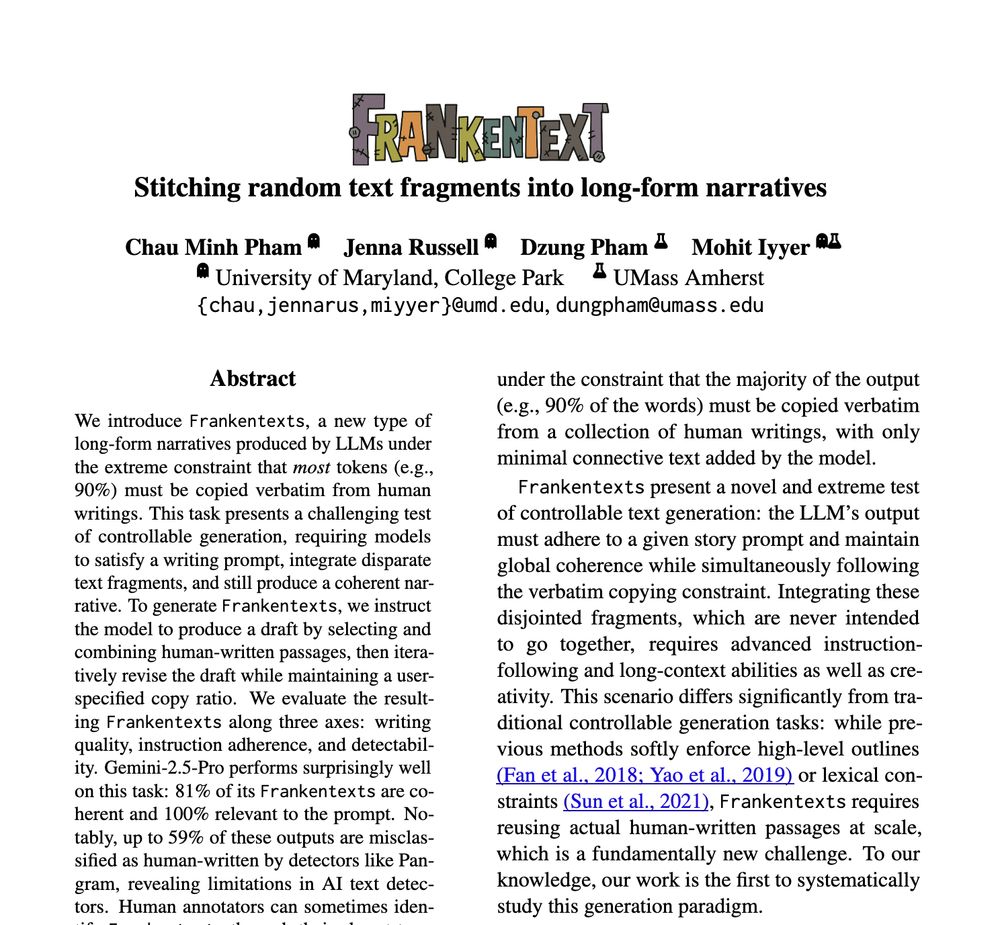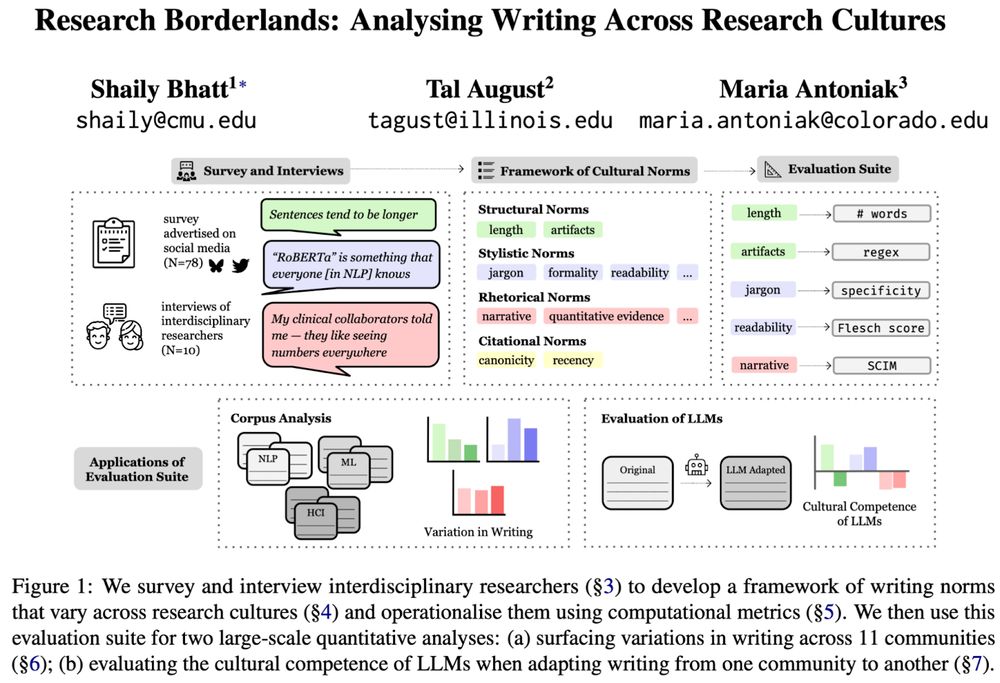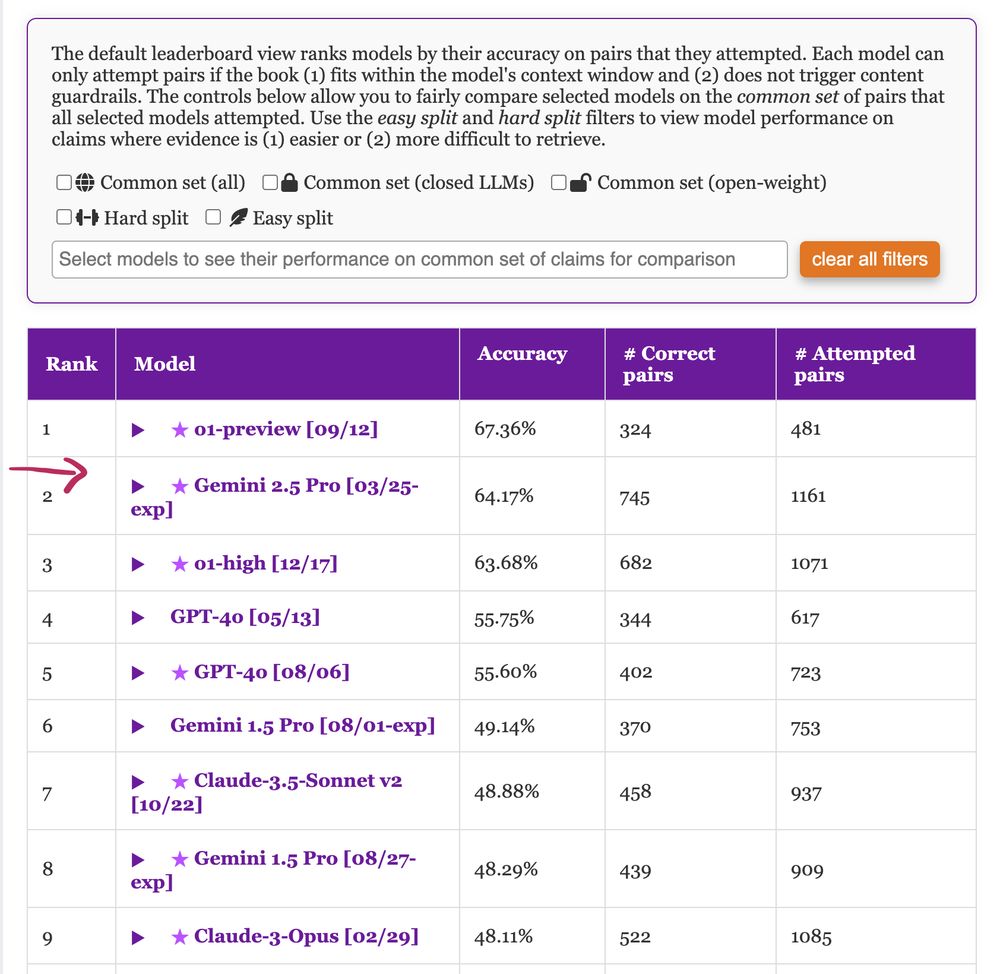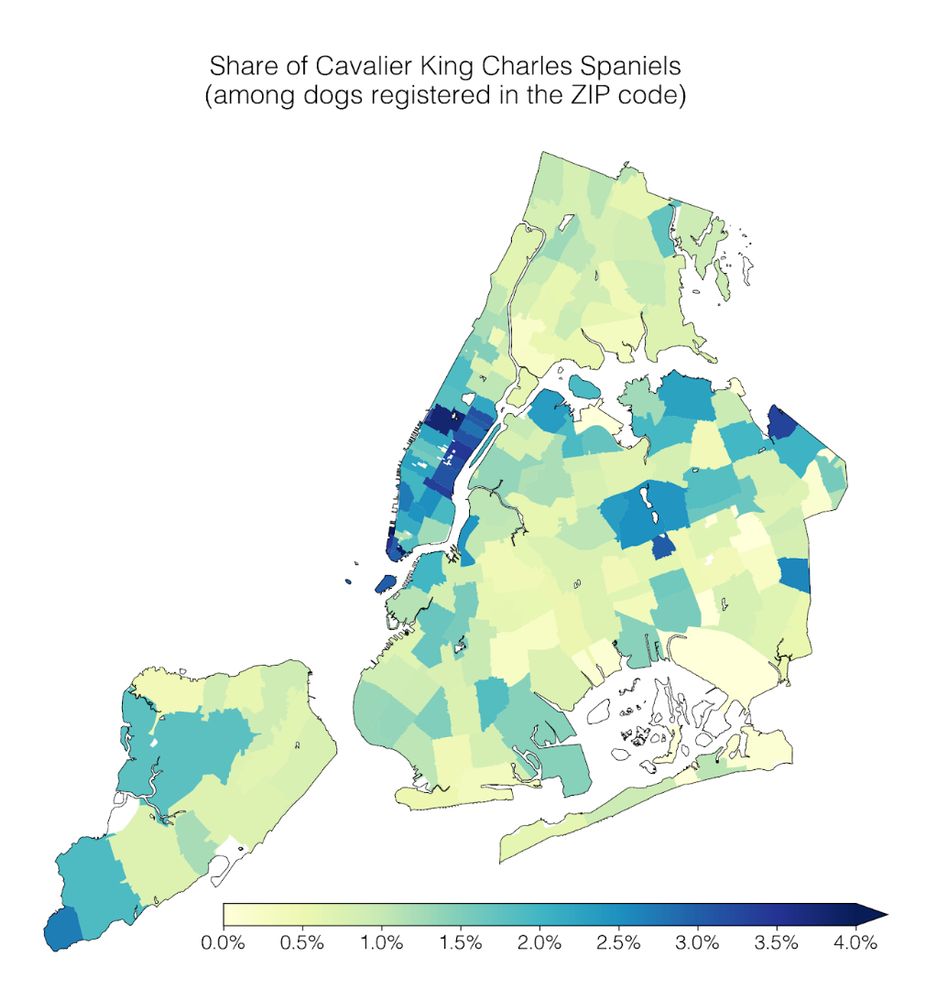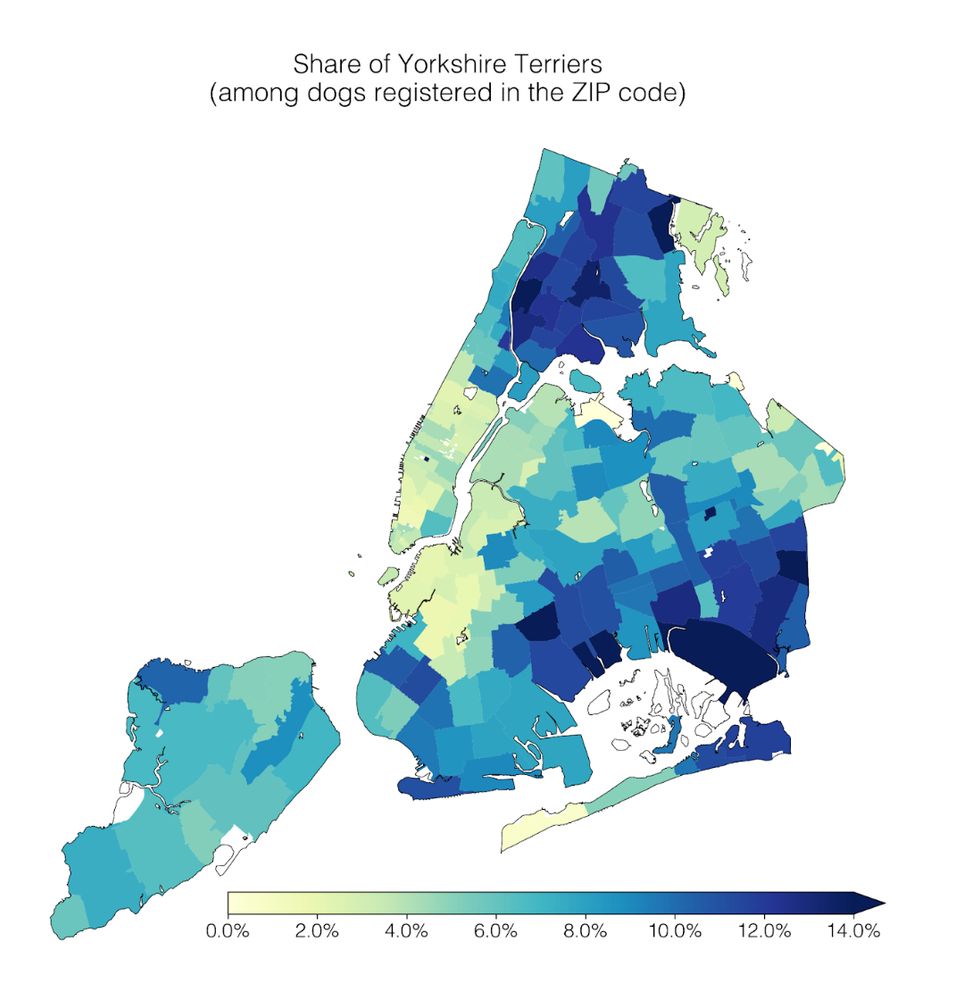Chau Minh Pham
@chautmpham.bsky.social
2.1K followers
560 following
33 posts
PhD student @umdcs | Long-form Narrative Generation & Analysis | Intern @AdobeResearch @MSFTResearch | https://chtmp223.github.io
Posts
Media
Videos
Starter Packs
Pinned
Reposted by Chau Minh Pham
Reposted by Chau Minh Pham
Reposted by Chau Minh Pham
Maria Antoniak
@mariaa.bsky.social
· Jul 23
Reposted by Chau Minh Pham
Chau Minh Pham
@chautmpham.bsky.social
· May 30
Reposted by Chau Minh Pham
Reposted by Chau Minh Pham
Reposted by Chau Minh Pham
Reposted by Chau Minh Pham
Reposted by Chau Minh Pham
Reposted by Chau Minh Pham
Reposted by Chau Minh Pham
Reposted by Chau Minh Pham
Reposted by Chau Minh Pham
Chau Minh Pham
@chautmpham.bsky.social
· Feb 25

To Trust or to Think: Cognitive Forcing Functions Can Reduce Overreliance on AI in AI-assisted Decision-making
People supported by AI-powered decision support tools frequently overrely on the AI: they accept an AI's suggestion even when that suggestion is wrong. Adding explanations to the AI decisions does not...
arxiv.org

